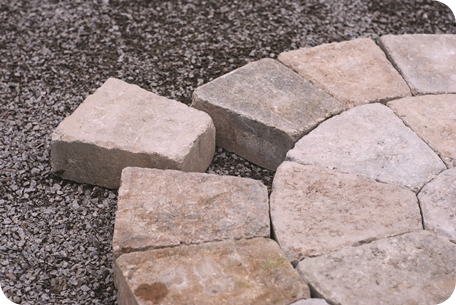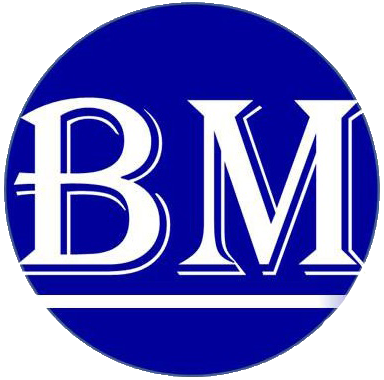11 Jan What expenses can be claimed on rental property?
Tax relief on rental property repair costs
What expenses can be claimed on rental property?
If you have a rental property, then you are likely to need to file a self assessment tax return to report the income – even if the property is not making you profits.
If you haven’t already filed your return, then you should act quickly to meet the 31 January 2015 deadline to avoid late filing penalties. It is a £100 fine even if there is no tax due.
What can be claimed against tax for repair costs is often an area of concern for landlords and here we guide you through some of the common areas of uncertainty.

Is your rental property fully furnished?
If you let your property as ‘fully furnished’ then you could consider deducting an annual 10% of your rents under the ‘wear and tear allowance’ in lieu of the costs of buying or replacing furnishings, white goods etc. The 10% is calculated against the ‘net’ rents, after water, council tax and utility costs that the landlord might pay have been deducted.
However, this allowance is also deemed to cover the costs of repairing those same goods too. If you are claiming the 10% wear and tear you should ensure that you don’t effectively claim twice for repairs on them, so do not also claim for the individual repair costs.
You can choose not to claim the wear and tear allowance, however then you will be in the same dis-advantageous position as a landlord of a partially furnished let. Therefore the scope for claiming tax relief for those same goods is very restricted.
For a partially furnished let then smaller items such as cutlery and crockery can be claimed against profits. However, the cost of buying (and from 6 April 2013) replacing, larger items such as cookers, curtains and beds etc can’t be claimed.
Repairs to these items though, can be claimed.
Making general repairs?
For more general repairs and maintenance to the property itself then many costs are allowable. Repairs where tax relief is normally given includes interior and exterior painting and decorating, re-pointing, damp or rot treatment and other such repairs.
There may be improvements that might seem to be capital improvements, but which are in fact deductible. These might include, replacing lead pipes with copper or plastic pipes or replacing single glazed windows with double glazed units for example. HMRC accept that whilst the replacement may be of improved quality, it is only because it is the appropriate modern material, and this is no reason to deny tax relief.
Roofing
At this time of year roofing is also a common and costly repair headache for landlords. However, even if roof repairs are substantial and the whole roof is replaced this does not automatically make the cost capital.
It is viewed as a repair to the ‘house’, rather than replacement of a separate asset, unless there is another aspect giving capital improvement, such as work carried out to create an attic room.
Don’t forget that if any of the costs (whether they are relievable against capital or income), are met by an insurance pay out, you can claim only the net amount not covered by the insurance.
Capital improvement costs that are disallowed for a property will usually receive relief against Capital Gains Tax when it comes to selling your property.
Buying a rental property?
Some landlords make extensive repairs after buying a property. However, if the property was dilapidated and not in a fit state to be let until these repairs were made, then many of those costs will most likely be disallowed for tax relief against the rental profits.
The argument here is that the landlord paid a lower price for the property in the first place because of its condition and if the property had been in a better condition, the landlord would have paid a higher purchase price (which of course would be a capital cost and only deducted when they eventually sell the property).
A deduction against income isn’t denied though where a lower purchase price only reflects the normal wear and tear or in need of standard decorating.


